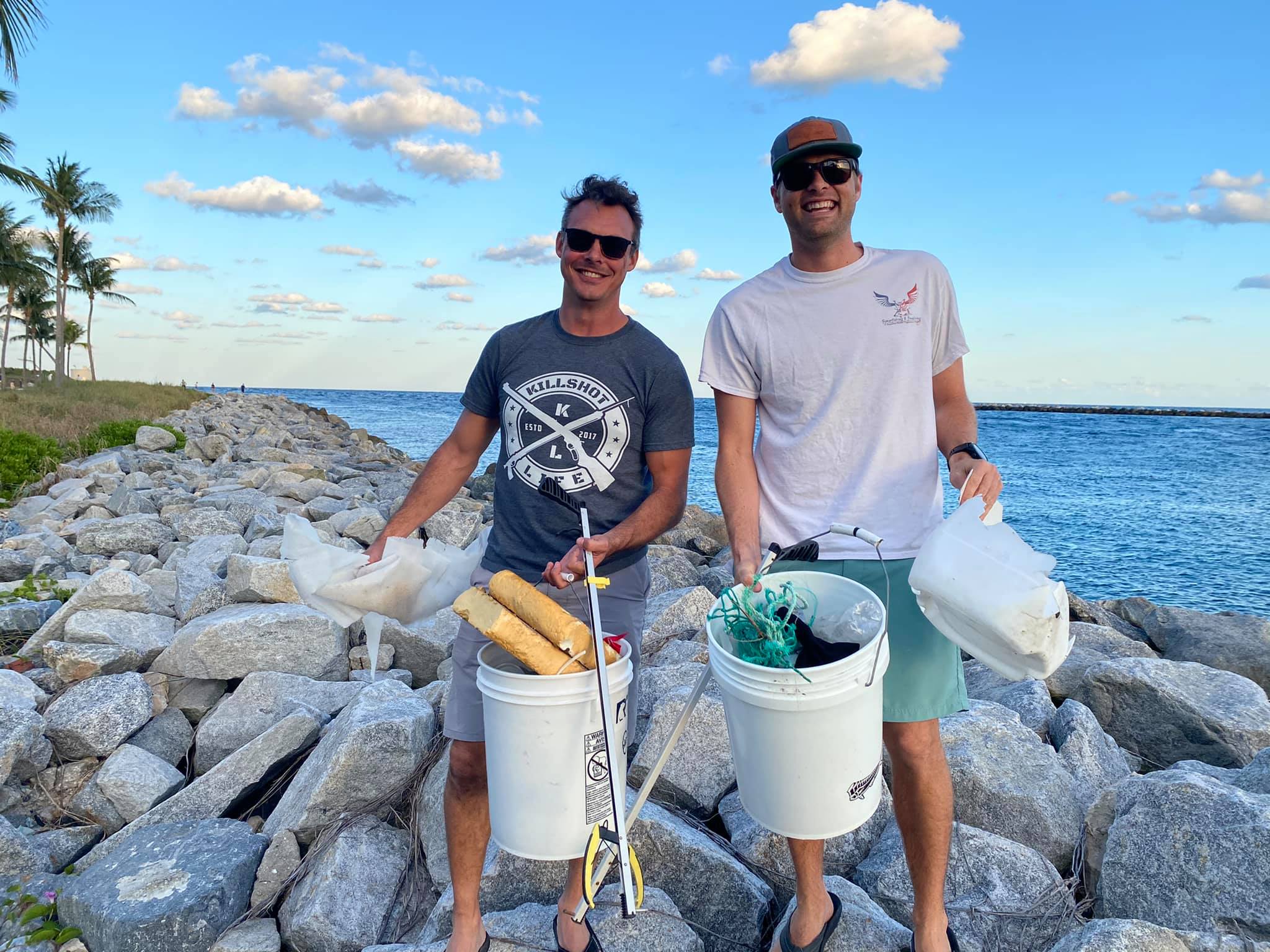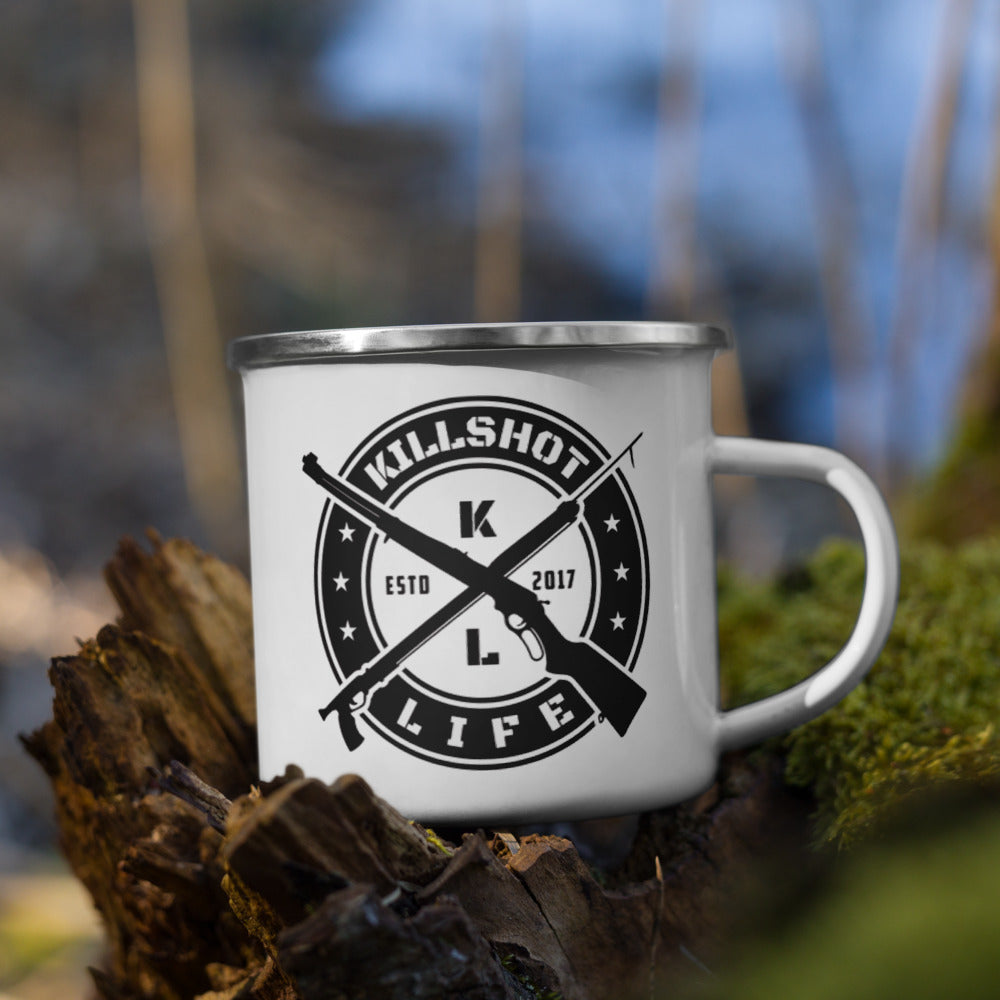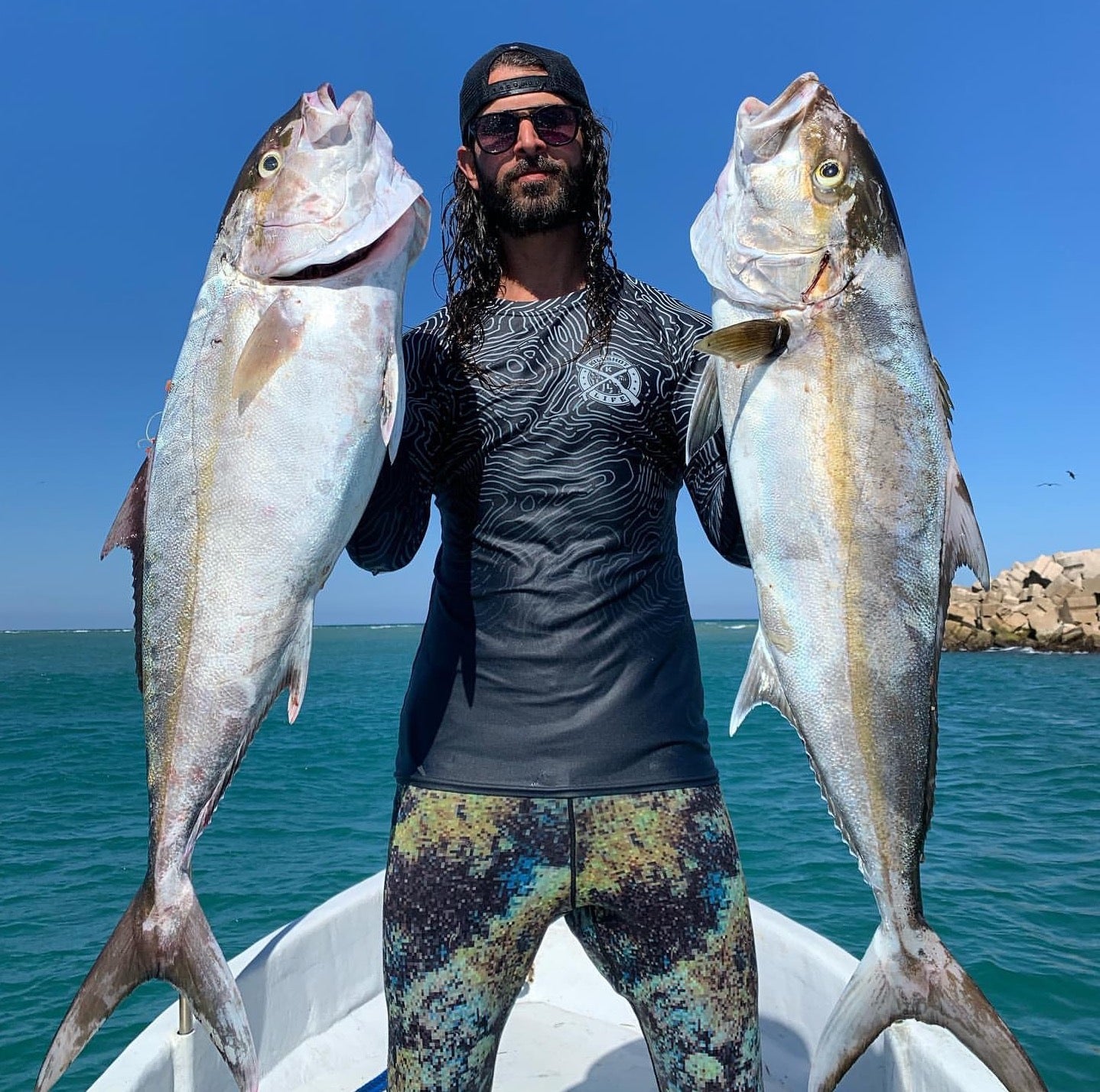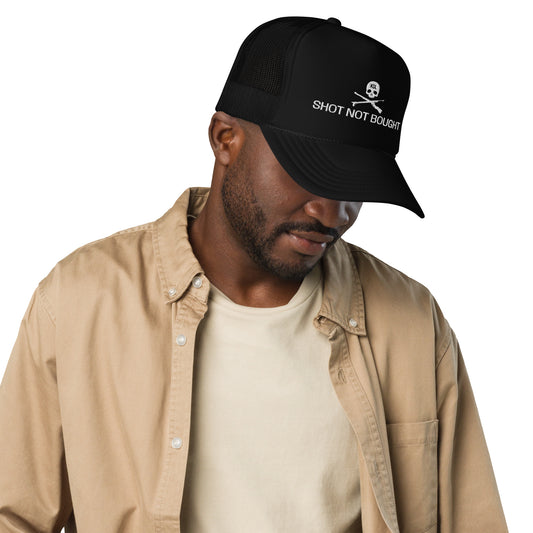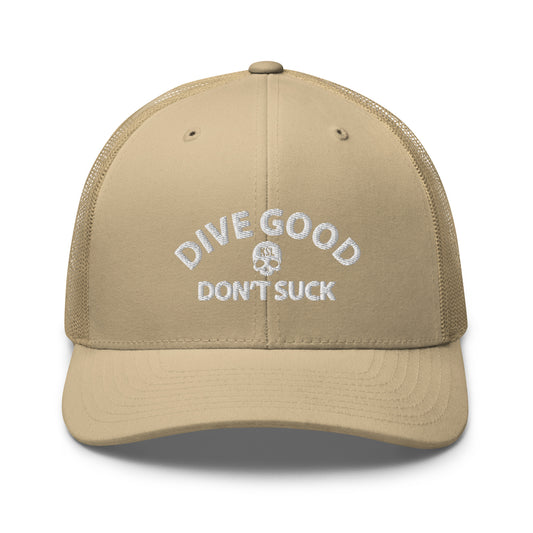How Have Hunters Helped the Elk Population in the US?
Share
The Pittman-Robertson Act, also known as the Federal Aid in Wildlife Restoration Act, was enacted in 1937 as a response to the declining populations of wildlife in the United States. Since its introduction, the act has had a profound impact on the conservation of wildlife, particularly elk.

In 1907, the elk population in the United States was estimated to be around 100,000 individuals. However, due to a combination of factors, including over-hunting, habitat loss, and disease, the population of elk declined dramatically over the next several decades. By the 1930s, elk populations had reached a critical low, leading to the introduction of the Pittman-Robertson Act.
Since the introduction of the Pittman-Robertson Act, elk populations in the United States have been on the rise. The act imposes an excise tax on firearms, ammunition, and other hunting equipment, which is used to fund wildlife conservation and restoration efforts. The funds generated from the tax have been used to support habitat restoration projects, research on elk populations, and the regulation of hunting activities.
The Pittman-Robertson Act is unique in that it provides a direct link between the activities of hunters and the funds used to support wildlife conservation. By paying the excise tax on firearms, ammunition, and hunting equipment, hunters are making a direct contribution to the conservation of wildlife and their habitats. This system has proven to be an effective way to fund conservation efforts, as the funds generated by the tax have been used to support numerous projects that have helped to increase the populations of many species of wildlife, including elk.
In addition to the excise tax, hunters also contribute to wildlife conservation through the purchase of hunting licenses and the payment of other fees. These funds are used to support wildlife management programs, including research on wildlife populations, habitat restoration, and the regulation of hunting activities. By supporting these programs, hunters play a critical role in helping to conserve wildlife and their habitats, ensuring that future generations will be able to enjoy these resources.
One of the primary ways that the Pittman-Robertson Act has helped to increase elk populations is by supporting habitat restoration projects. These projects aim to improve the quality of elk habitats and to expand the areas where elk can live. By providing funding for these projects, the act has helped to create suitable habitats for elk, which has allowed their populations to grow.
In addition to supporting habitat restoration projects, the Pittman-Robertson Act has also been instrumental in regulating hunting activities. By imposing restrictions on hunting and establishing hunting seasons, the act has helped to reduce the pressure on elk populations, allowing them to recover from the impacts of over-hunting. The funds generated from the act have also been used to support research on elk populations, which has helped wildlife management agencies to better understand the needs of these animals and to develop more effective conservation strategies.
As a result of these efforts, the elk population in the United States has increased dramatically in the years since the introduction of the Pittman-Robertson Act. Today, the elk population in the United States is estimated to be over 1 million individuals, a ten-fold increase from the population in 1907.
In a nutshell, the Pittman-Robertson Act has been instrumental in increasing the elk population in the United States. The funds generated from the act have been used to support conservation efforts, including habitat restoration and the regulation of hunting activities, which have allowed elk populations to recover from the impacts of over-hunting and habitat loss. The success of this act serves as a reminder of the importance of investing in wildlife conservation and of the role that hunting can play in supporting these efforts.

